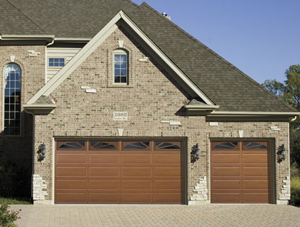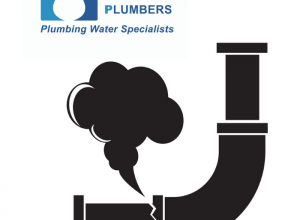
May should be changed. This is frequently done to fix issues with arrangement, an issue showed by a staying carport entryway or a hole between your entryway and the crown forming beneath it. Use a screwdriver to relax the lower track sections. On the off chance that you need to change your lower tracks, utilize a screwdriver or wrench to relax the screws or nuts holding the lower track sections set up. Try to do this on both the left and right track. Move each track until there is a .25 in 0.64 cm hole between the entryway and quit shaping. With the lower track sections relaxed, you can delicately move garage door track adjustment to one side or right, making the carport entryway move. Do this with the two tracks until there is a .25 in 0.64 cm hole between the lower part of the entryway and the highest point of the crown shaping, showing that the tracks might be appropriately adjusted.
Check your tracks with a vertical level:

All together for your carport entryway to work as planned, your tracks should be entirely level. On the off chance that they aren’t, the entryway won’t open and close appropriately, possibly prompting undesirable holes, board clasping, or entryway binding. Retighten the track sections. Utilize your fingers to retighten the screws or fasteners holding the lower track sections set up. Whenever you’ve arrived at finger snugness, which means you can at this point don’t turn the latches by hand, utilize your screw or wrench to add a couple of more turns. This will guarantee that the clasp is appropriately fixed without stripping them. Make sure your entryway actually opens. To be certain that the tracks are appropriately adjusted, open and close your carport entryway on various occasions. In the event that you have a programmed carport entryway, remain far away while it opens and closes. On the off chance that you have a manual carport entryway, be additional mindful in the event that something was undermined during the change cycle.
Moving Overhead Tracks:
Utilize a screwdriver to extricate the latches holding the tracks set up. Utilizing a screwdriver or wrench, relax up the screws or nuts making sure about the overhead carport tracks. Contingent upon which part of the tracks you have to change, this may mean the clasp nearest to the entryway, farthest from the entryway, or both. Move the tracks to the position you need them. In case you’re attempting to fix skewed tracks, move the tracks left or right until they are opposite with the vertical tracks. In case you’re attempting to hinder the speed at which your carport entryway opens, just raise the tracks up. At the point when you’re done changing the tracks, the separation among them and the carport entryway ought to be .5 inches (1.3 cm), in any case, the entryway may stick. Retighten the track clasp. Utilizing your fingers, fix the nuts or sinks holding the overhead track’s place.
Remaining Safe:
Put on defensive attire. While dealing with your carport entryway, make a point to wear a long-sleeved shirt, thick jeans or pants, and hard-core gloves. These will help protect your skin from cuts and other injuries. Close the carport entryway before you start. To stay away from wounds brought about by falling items, your carport entryway ought to be in its vertical position while you are dealing with the rails. In the event that your entryway is skewed and won’t close appropriately, close it as much as possible. In the event that you have a programmed entryway that will not close, turn off the carport entryway opener and pull the entryway shut yourself.


